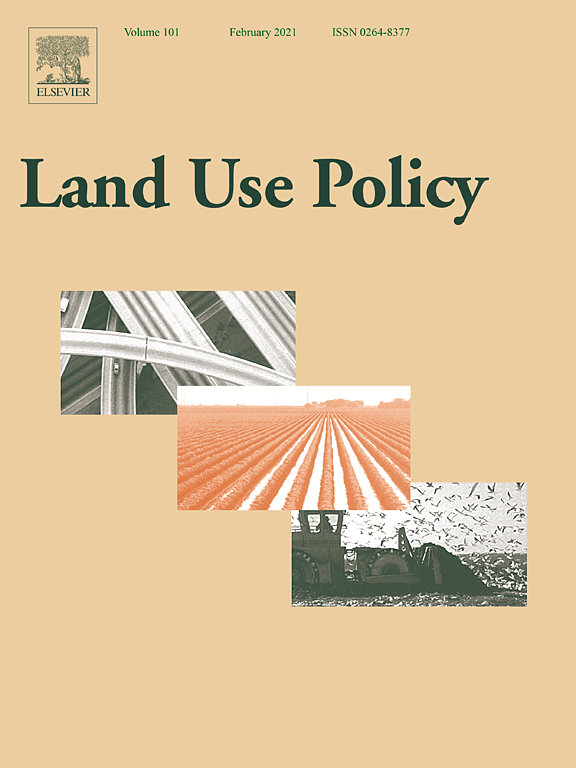Impacts of drought-tolerant maize varieties on productivity, risk, and resource use: Evidence from Uganda
Weather variability is an important source of production risk for rainfed agriculture in developing countries. This paper evaluates the impacts of the adoption of drought-tolerant maize varieties on average maize yield, yield stability, risk exposure and resource use in rainfed smallholder maize farming. The study uses cross-sectional farm household-level data, collected from a sample of 840 farm households in Uganda. The adoption of drought-tolerant maize varieties increased yield by 15% and reduced the probability of crop failure by 30%.


